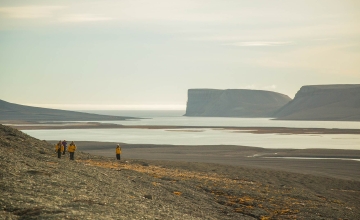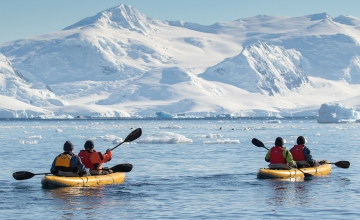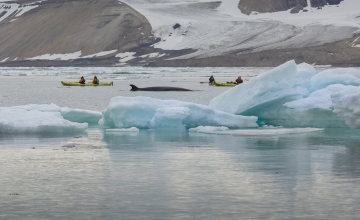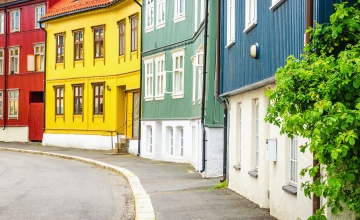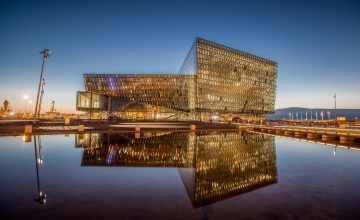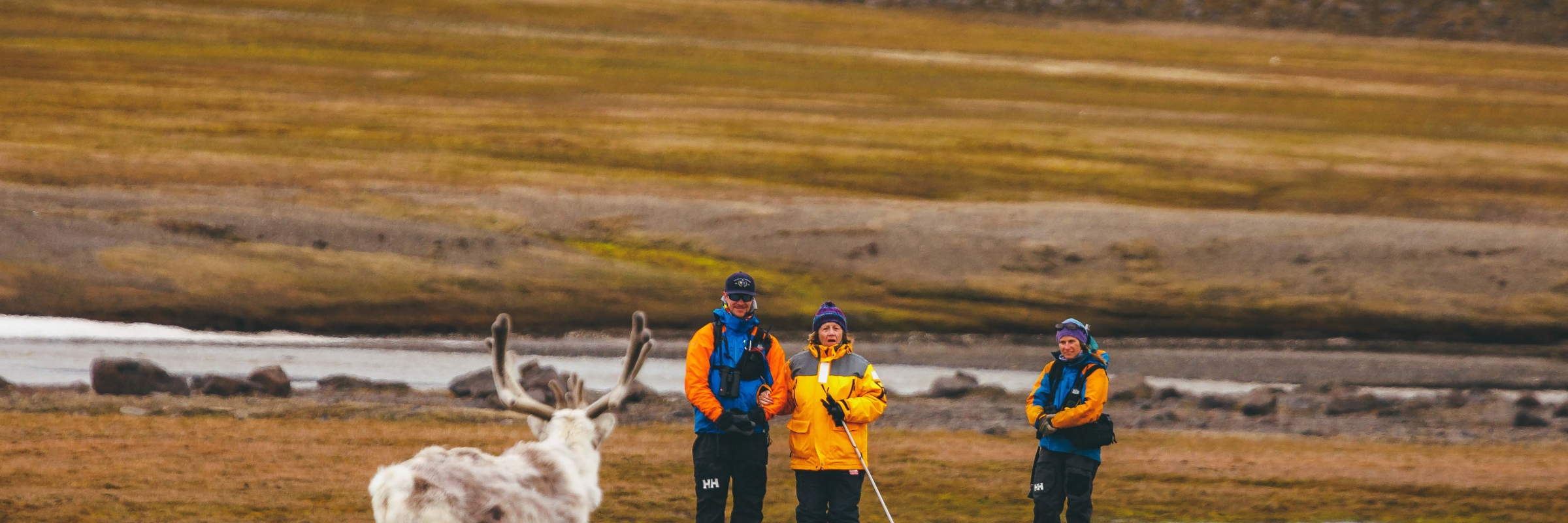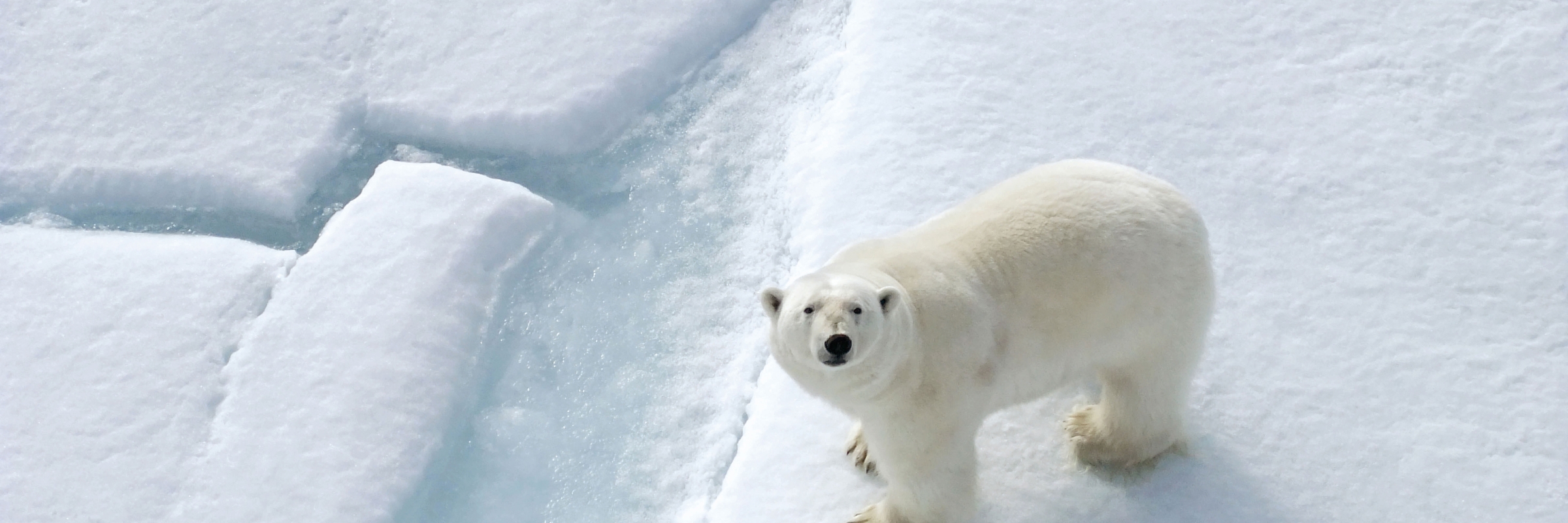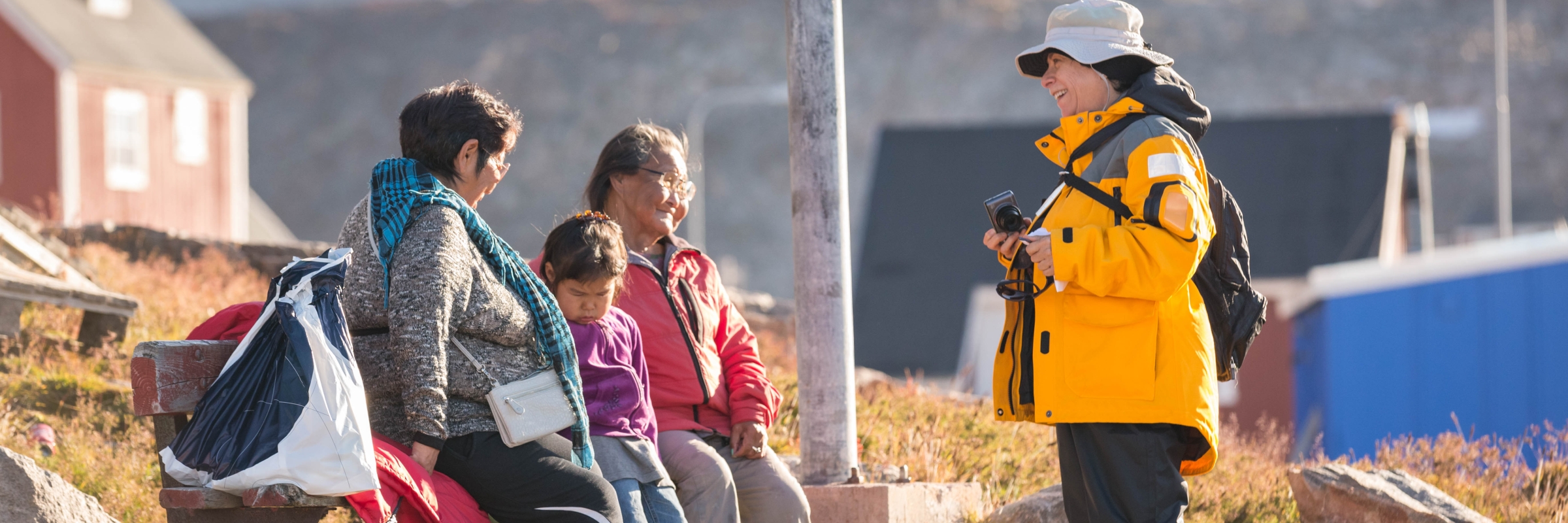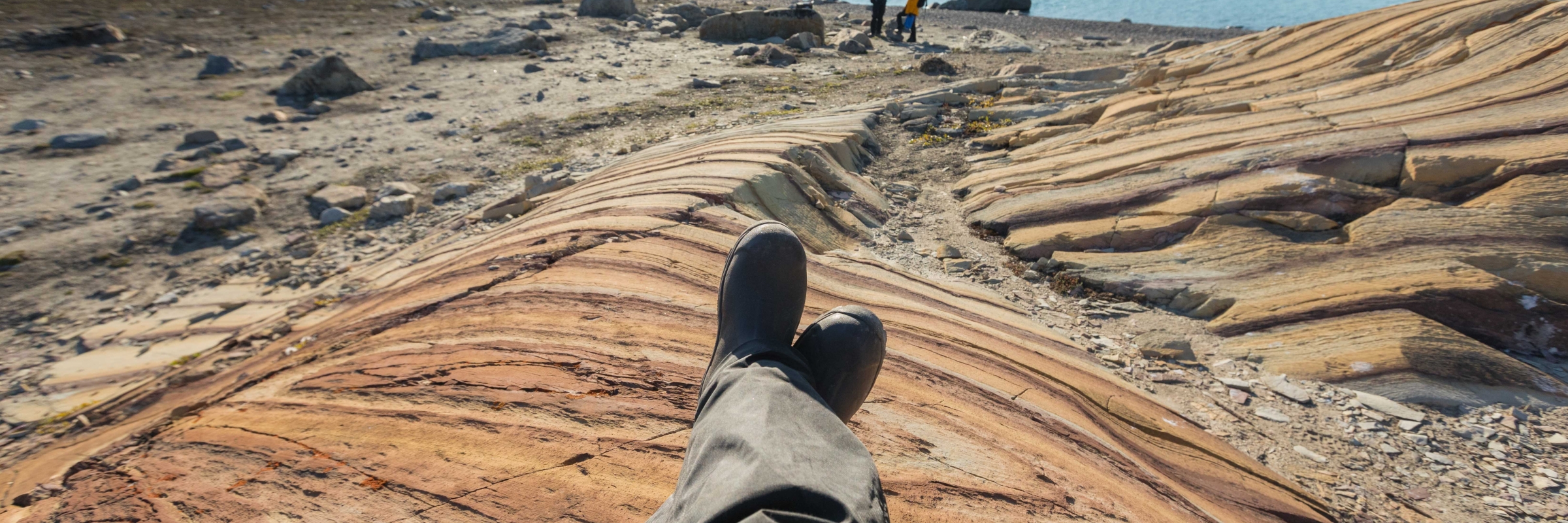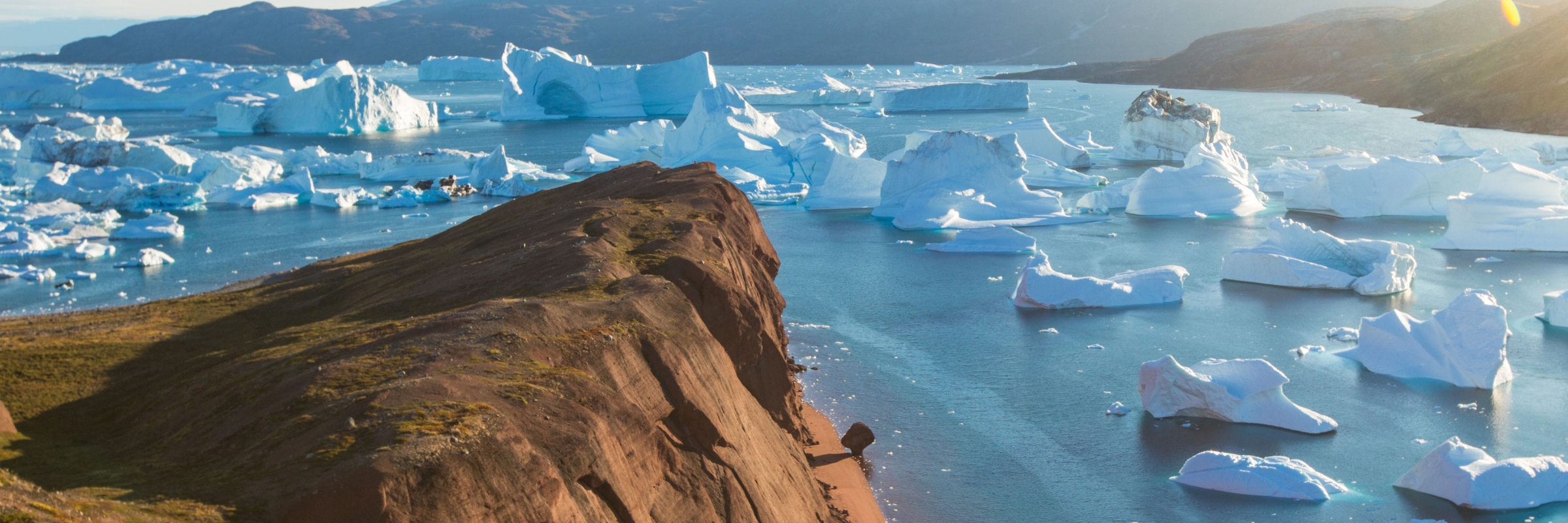Four Arctic Islands: Spitsbergen, Jan Mayen, Greenland and Iceland
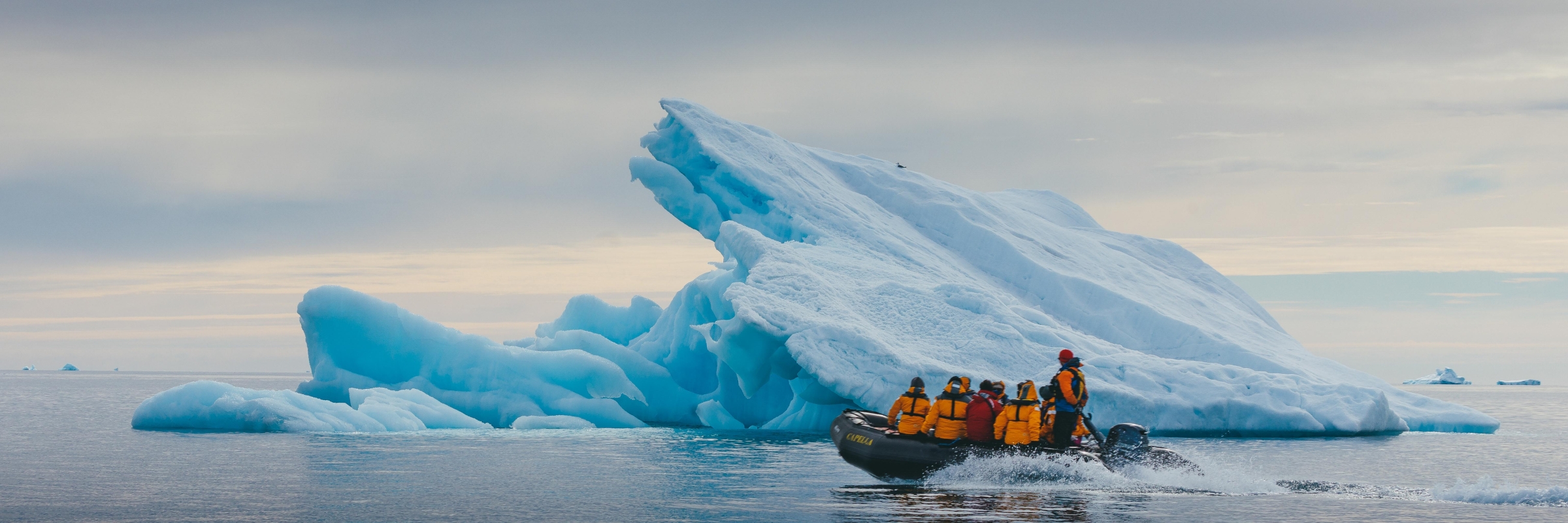
Perfect for first-time visitors to the Arctic, this voyage highlights four spectacular destinations near the top of the world and provides an unforgettable taste of the region, featuring giant icebergs, towering mountains, granite cliffs, iconic wildlife, traditional Inuit culture and more.
Your adventure begins in the remote Norwegian island of Spitsbergen, renowned for its stunning scenery and abundant, varied wildlife such as polar bears and walrus. From there, sail south to the mysterious, volcanic Jan Mayen, a nature reserve so remote that few have ever been fortunate enough to explore this Arctic treasure. The next stop is Greenland’s beguiling east coast, where you will cruise deep into Scoresbysund to marvel at the overwhelming beauty of the world’s largest fjord system, gaze in awe at unimaginably vast icebergs, and admire the diversity of the flora and fauna that have fascinated explorers and visitors for centuries—and seize the opportunity to explore the remains of ancient Thule settlements. Your epic adventure culminates with a journey under the midnight sun to Reykjavik, where you can soak up Icelandic culture in a city that never sleeps.
- Search for iconic arctic wildlife, such as polar bears, walrus and reindeer
- Explore the wildlife heaven of Spitsbergen, the volcanic Jan Mayen and the breathtaking Greenlandic fjord system all in one trip
- Visit a remote Inuit community
- Cruise in a Zodiac to explore glaciers, icebergs and more
- Immerse yourself in the icy realm of the Arctic with optional kayaking adventures
